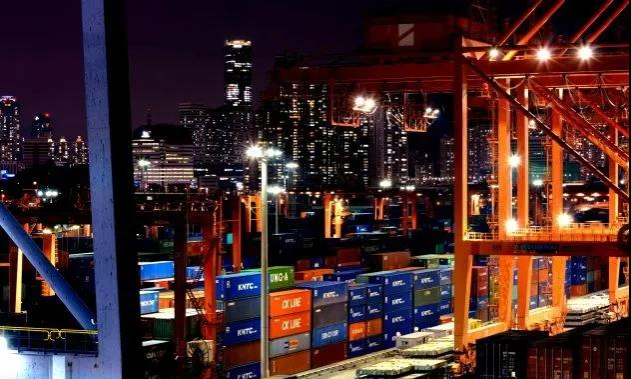The rebound in the container market has led to a significant increase in the number of boxes on the market, but the market rally may be coming to an end, and once the market returns to normal, it may lead to a surplus of 13 million containers.
However, there are too many uncertainties, and it is not known whether there will be 13 million surplus containers after the covid.
But now there is a surplus of containers.
According to research from Drewry Shipping Consultants, the current global container surplus is around 6 million TEUs due to supply chain disruptions over the past two years.
Drewry's recently released Container Census and Leasing Annual Review and Forecast 2022/23 report shows that by 2021, the number of global containers will increase by 13% to nearly 50 million TEUs, tripling the previous growth trend.
This reflects a record number of containers ordered by leasing companies and ocean carriers, as well as a reduction in the number of outdated equipment, as congestion in global supply chains means container productivity is estimated to be down 15% to 20% from pre-pandemic levels.
Drewry estimates an average of 18.1 loads per container in 2021, compared with 19.2 in 2020 and between 19.5 and 20.6 in the 2010s.

In addition, the number of containers per class increased by 8% in 2020 at the start of the pandemic and will remain at this level throughout 2021.
Drewry estimates that there are currently as many as 6 million Teu of excess containers in the global equipment pool.
While the surplus is large by historical standards, Drewry believes it is manageable for the industry.
John Fossey, head of research at Drewry's Container Equipment, said: "The delivery schedule for new ships is very strong, with an expected increase of 3.6 million teu in berth capacity in 2023 and more than 3.9 million teu in 2024."
“With new International Maritime Organization (IMO) emissions regulations set to come into force in January 2023, forcing some ships to slow down, it is expected that most of the remaining equipment currently in service will be absorbed.

In addition, there is evidence that some shipping companies are planning to increase buffer stocks in their equipment pools, while fewer new containers will be built over the next two years. "
Drewry predicts that production in 2022 and 2023 will be much lower than last year, at 3.9 million teu and 2.4 million teu, respectively, with replacement orders accounting for the majority.
While new-build and used prices will fall, a return to the extremely low prices of 2019 is not expected, as manufacturers are expected to manage their capacity and pricing strategies very carefully.
At the same time, the secondary market remains strong and the use of pre-trade containers continues to expand. Fossey added: “Looking ahead, ocean carriers will be the main buyers of containers over the next two years, when lessors will regain control and their share will increase to 54% by 2026.”
Previous:The U.S. apparel market cooled in June, down 0.4% month-on-month
Next:Worried about excess capacity? Two factors will depress the actual capacity of container ships